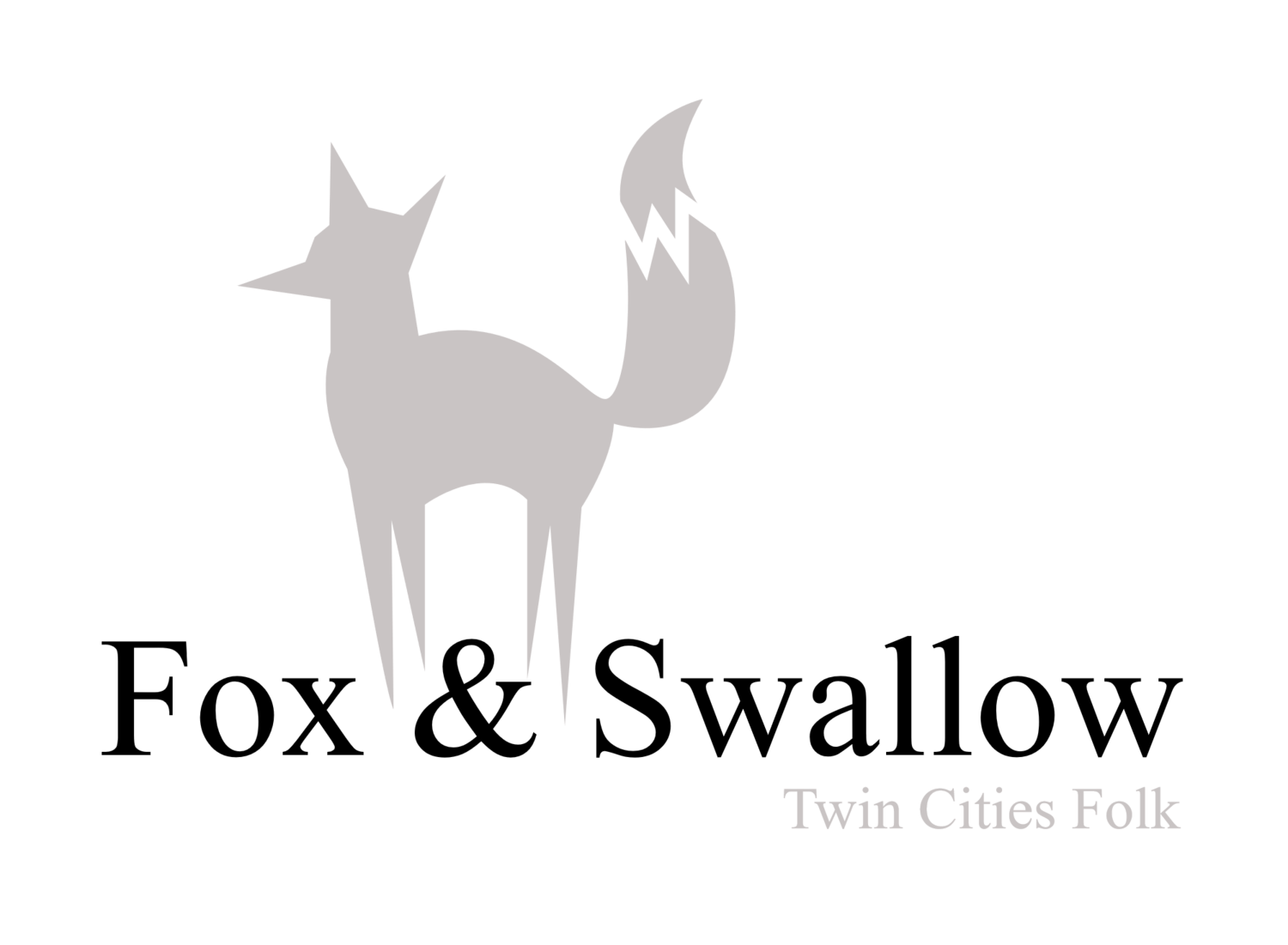PREY: Polished and Pretty, but not Unique.
(Originally Posted Aug 17, 2017)
Arkane Studio’s Prey is one the most polished games to find itself on the System Shock family tree. Fans of Bioshock and will feel right at home with the cramped environments, creepy sounding super powered mutant humanoids, and perhaps the widest array of abilities to choose from I’ve seen in a this hybrid RPG-FPS. It's a game that embraces a more old school design philosophy and flaunts it’s nerdiness.
The aesthetic is certainly one of the game's biggest draw. For people who have been craving another art-deco infused environment since Bioshock Infinite's DLC, this game does deliver. A lot of care has been put into making the space station, Talos 1, look beautiful but also believable. Each section of the ship had a distinct feel, and was even taken as an opportunity to introduce new designs into the game. While 1930s office space may pervade one section, Soviet utilitarianism dominates the other. I never became bored with the design themes, as even while the game had me backtracking there was always a change in visual stimuli from one room to the next.
Combat itself is sufficient. I did not feel that the array of choices made available made too big of a difference. Players will find a strategy that works for them most of the time and probably stick to it. This is one of the caveats of this genre of hybrid. While a huge amount of choice is available to the player, the most optimal way playstyle presents itself pretty quick and takes a lot of force on the games part to force the player to change. I quickly stopped using the game's much advertised Gloo Cannon, which lets you explore every nook and cranny of the station by creating a platforms to scale walls reminiscent of Minecraft, and stuck with a fully upgraded shotgun and stun game. The crafting system was surprisingly in depth and pretty useful, so I was never left without a full supply of shells to thwart the squiggly alien evil doers which have overtaken Talos 1.
This should not be taken to mean that the ability and weapon systems are bad or poorly designed. The draw is there for people who want to experiment with abilities, discovering new ways of playing. While I personally enjoying focusing on one or two abilities, the temptation to experiment and diversify was always there. A more creative player will no doubt revel in the experience.
The story itself is nothing too amazing, but it does open itself up to a sequel. A sequel which honestly sounded more interesting than the story I had just experienced. I wasn’t disappointed with the game, just not overly invested. I think it comes down to, nothing new was really shown throughout the game. It feels like a reboot of stories we’ve already seen several times in the past few decades of games. Personally, I don’t think so much time needed to be given to explaining the origins of these super powers the player can possess, nor the crisis they find themselves in. Where the game shined is in the side quests, audio logs, and terminal entries. I think more of this could have really elevated the game. There was too much exposition and not enough life in the game world.
I do recommend the game. I’m a huge of fan of art-deco and stories in alternate futures, and it really scratch Bioshock itch. It doesn’t particularly stand out, but it's still worth playing.
